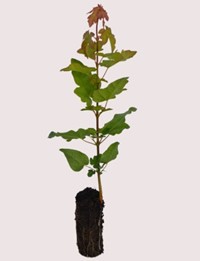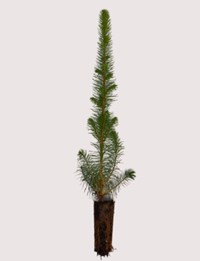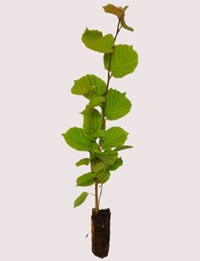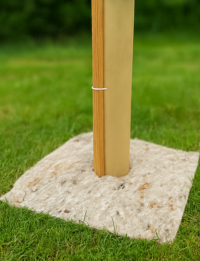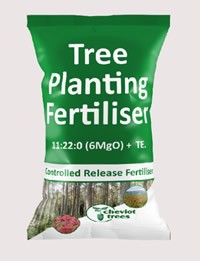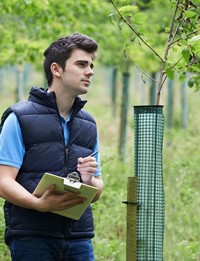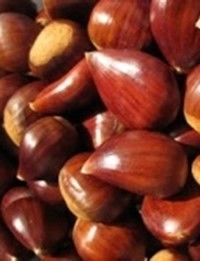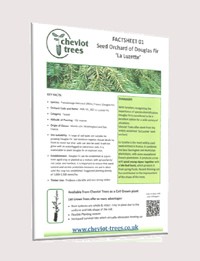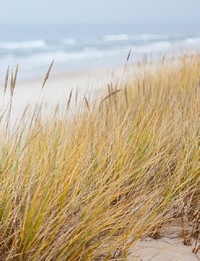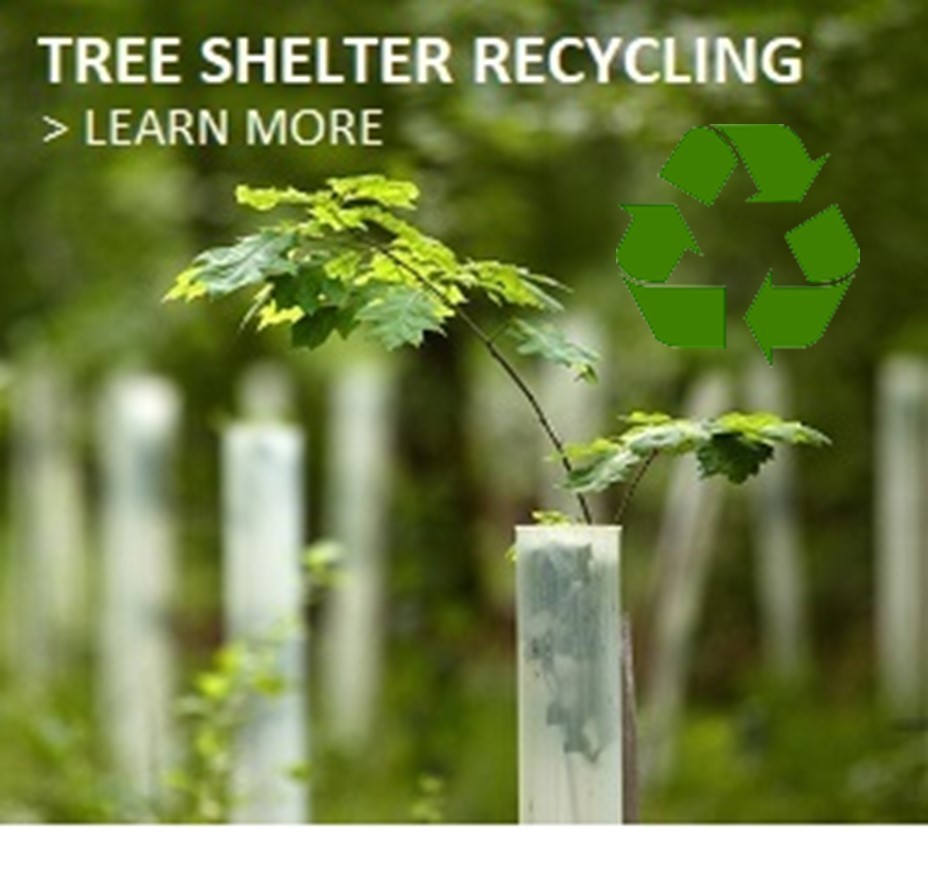
PLANTING TO PREVENT COASTAL EROSION
Cheviot Trees are specialist growers of salt resistant plants such as Ammophila arenaria (Marram Grass). We produce large volumes of plants on our nursery in the Scottish Borders.
PROTECTION BY PLANTING MARRAM GRASS
Ammophila arenaria (Marram Grass) is the dominant sand fixing species. It is a native, perennial, rhizomatous grass. It has a natural ability to emerge from sand if covered, by way of the stems elongating, which enables the plant to grow above the deposited sand. New roots are produced in the layer of freshly deposited sand. Full sand holding capacity can be achieved in as little as 2 to 4 years. Marram grass can grow in height from 0.6 to 1.2 m / year. The grass is most vigorous on seaward slopes, where it is buried regularly by windblown sand. At these sites, new healthy white roots develop in the fresh layer of sand. The growth becomes less vigorous when the sand accumulation diminishes.
WHY USE CELL GROWN PLANTS?
Traditionally, barerooted Ammophila arenaria (Marram Grass) was planted manually in bundles of six plants, at a spacing of 4 bundles per square metre.
With the introduction of establishment has become much easier and cheaper, with the large root plug containing upwards of 3-4 rhizomes per plant, therefore only four single plants are required per sq m.
Being easily handled and planted, and being full of moisture, the success rate of the planting in this environment is near 100%. All year round planting is an option, also allowing working in better weather.

Newly planted Marram Grass

Marram Grass protected with Jute mulch

